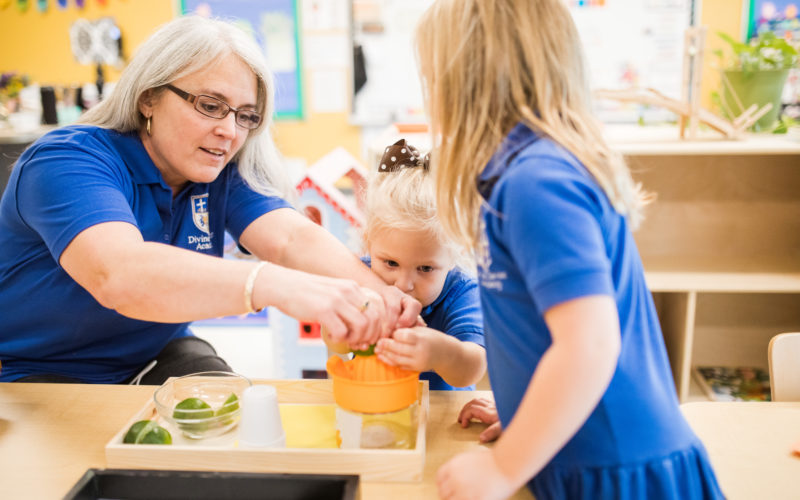Summer is in full swing. For children, this means time away from school. For parents, these may be a daunting few months. The regular routines of the school year have slipped away and days of unrestricted schedules have arrived. Many parents may find themselves wondering not only how to keep their children occupied, but also how to do so productively. Productivity is highly affected by the environments and experiences that children are provided.
“Children’s brains are constantly making connections through sensory input from their environments and the hands-on experiences they have within those environments. This is the basis of active learning.”
During the school year, children actively learn by forming neurological connections through both their school and home environments and experiences. Children will continue to learn through the summer months, depending on the sensory input and experiences that they are provided within their home environments.
Environment
A productive learning environment for a child is one in which they first and foremost feel safe. Children feel safe when they know they are taken care of physically and emotionally, but also when they have consistent routines. This summer, try to establish a consistent routine with your child. This doesn’t necessarily mean that your child needs to go to bed at the exact same every night, but it does mean that they should try to follow the same general order of events throughout each day. For example: wake up, brush teeth, make bed, eat breakfast, play, clean up, go outside, lunch, etc.
A child’s learning environment should also be supplied with developmentally appropriate materials. Young children learn through exploration and experimentation within their environments. Think of your house as a science lab. No, it is not necessary to stock your shelves with glass beakers, goggles, or lab coats! Rather, provide your child simple materials with open-ended applications, blocks, boxes, balls, paper, pencils, crayons, containers, etc. The outdoor world is a lab that is already stocked with all the experiment supplies necessary: sticks, rocks, sand, dirt, leaves, bugs, plants, etc.
Experiences
When a proper learning environment is provided, productive learning experiences will naturally follow. As young children innately seek to form new neurological connections, they will naturally seek to explore and experiment within their environments. At a surface level, this may simply look like “play.” However, much more importantly, through these experiences, children receive sensory input through the materials that are allowing them to learn about the world around them.
The primary job of an early childhood teacher is to gently guide the students through their own individual discoveries. This summer, parents, your role is to be your child’s “lab partner.” Show excitement for your child’s discoveries, no matter the magnitude. Ask your child to explain to you what he or she is doing and what they observe about the process. Finally, if you notice your child getting frustrated with something that is not going as expected, provide them guidance.
Regardless of the circumstances, all children will continue to learn this summer. As the parent of a young child, help to make your child’s summer learning productive by providing them with appropriate environments and experiences. By keeping a consistent routine, providing open-ended materials, and guiding your child’s experiences, your child will certainly have an active learning summer!
By Shanna Kurbis, PreK-4 Teacher at Divine Savior Academy – Doral

